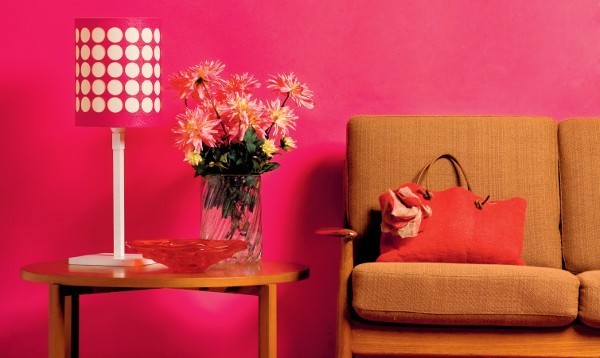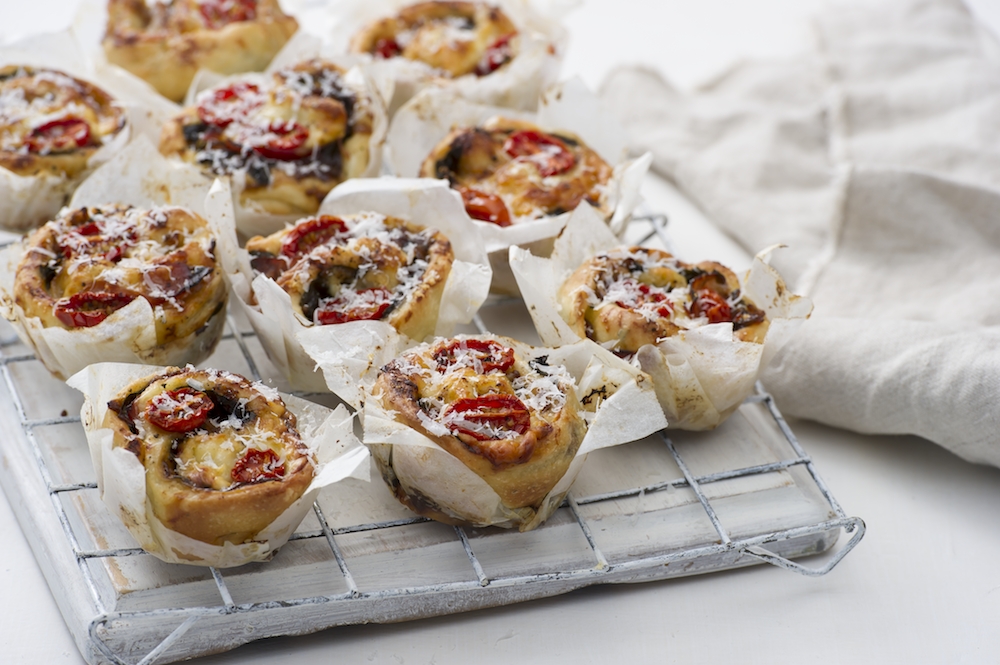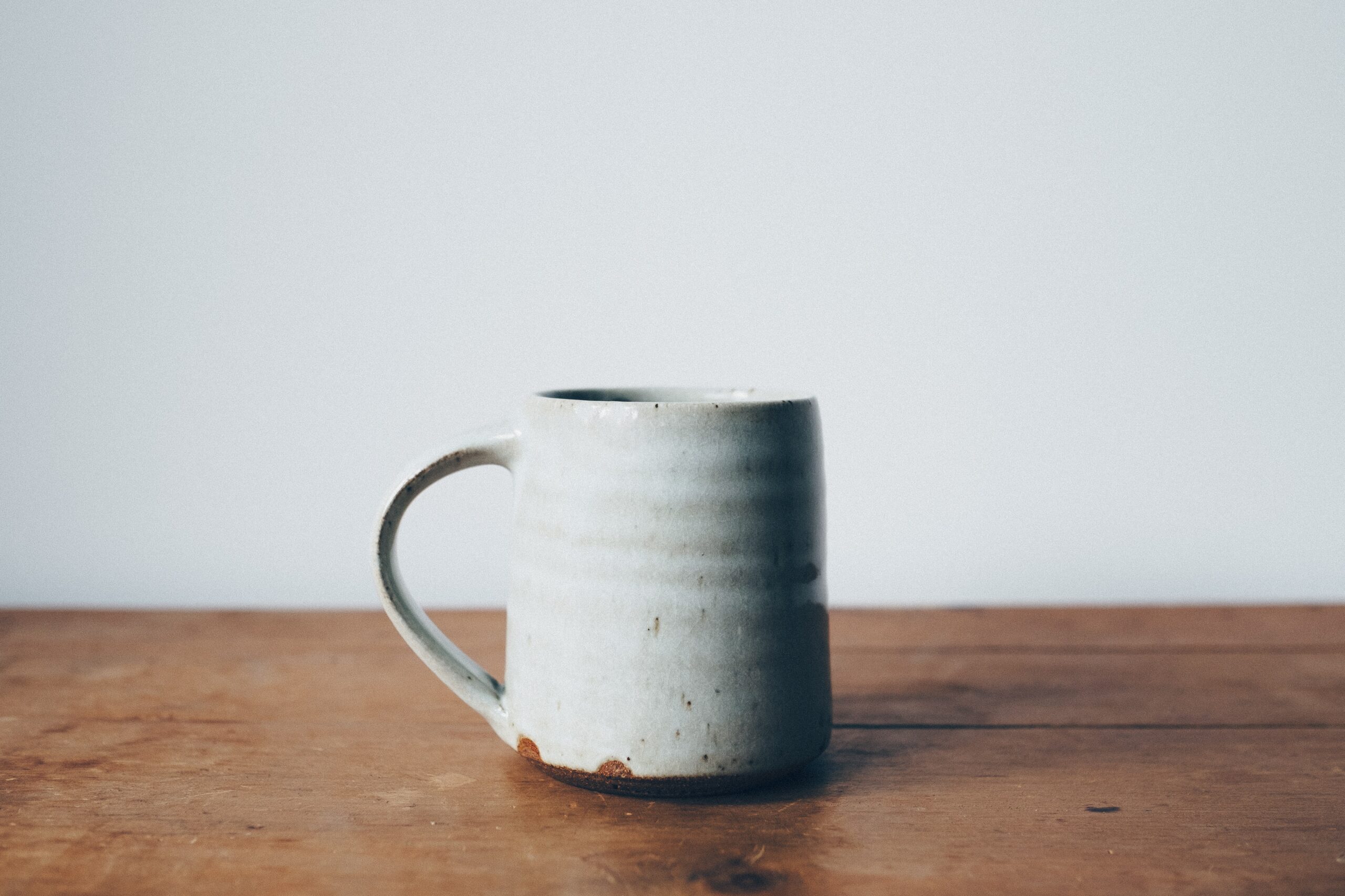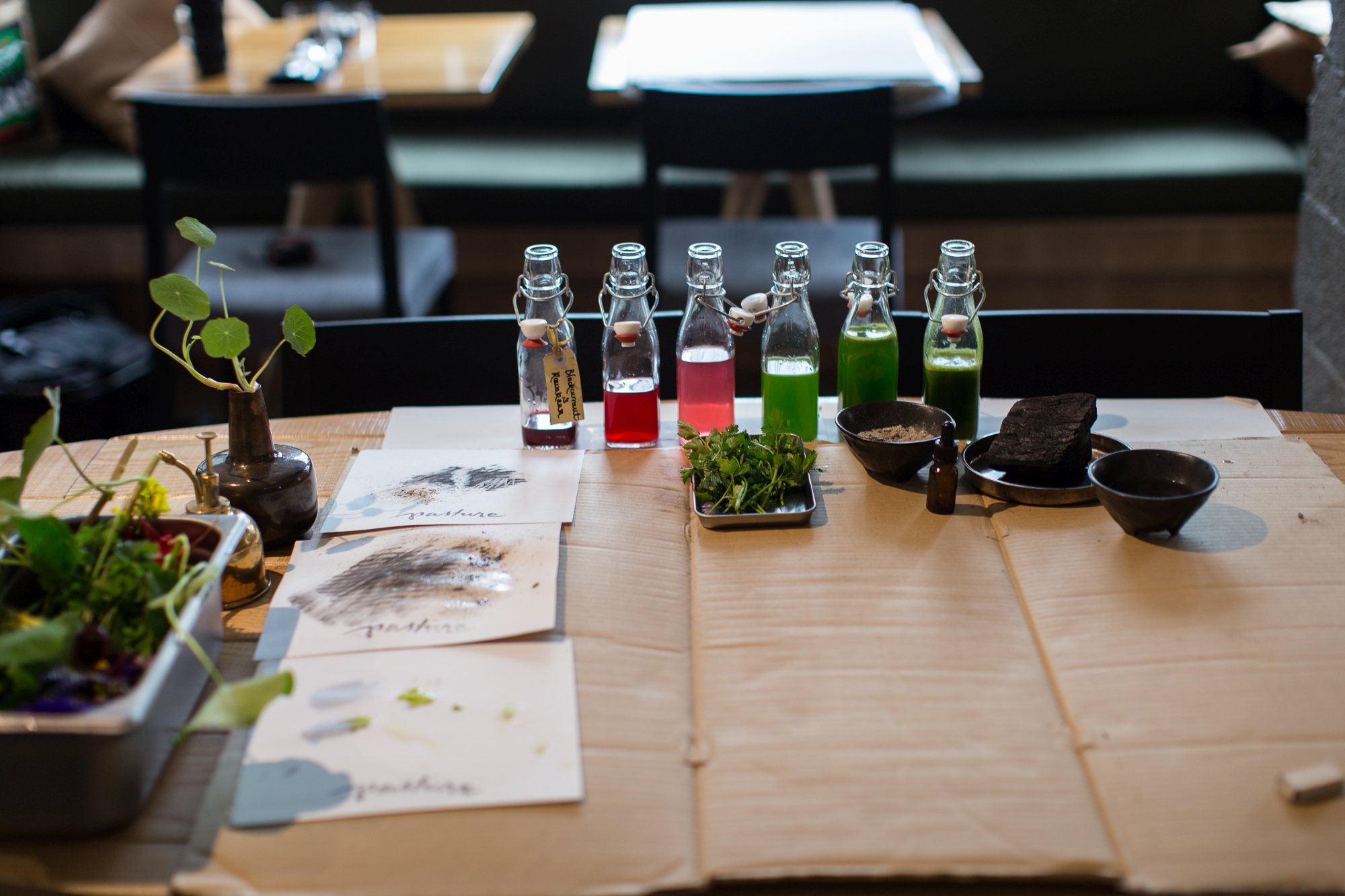Antiques expert Ross Millar explains the value of the eclectic mix and why it can sometimes pay to be patient
My wife and I live in an early 1960s period house. It’s a bit of a design mix: architectural at the front and absolutely utilitarian at the back. But it works for us. After years working in the secondary chattels market I have come to see that furnishing a home works best when there’s a design mix too. It’s not necessary for me to have all cool 60s vintage stuff – although it is a great period to collect. Nor was I focused on Victorian kauri and copper when I lived in an 1880s villa. Thankfully the days have passed when collectors tried to have absolute critical control over their interiors. Now we’re much more accepting of a bit of this style mixed with a tad of whatever takes your fancy.
I’ve been looking out for a pair of tables or cabinets for our spare room as side tables for lamps. I’ve been keeping an eye out now for a couple of months. I’ve visited shops that sell antiques and ones that specialise in 20th-century design. I even left an absentee bid at an auction a while back on a pair of French turn-of-the-century cabinets, only to be pipped at the post by a dealer who saw more value in them than I did. I was going to paint them to suit what I wanted.
My design brief is pretty open, but it’s taking some time to find something that will suit my requirements. Of course I could just walk into a high street shop and buy a pair of serviceable cabinets that would do the job. Then again, they may fall apart in five years because they’re made from poor materials. That’s where it pays to be patient and remind myself of true value.
If I can just hold on and wait until I find a pair of cabinets available on the secondary market for a good price, I’ll probably end up paying a quarter of the price of new ones. Even if I’d paid the same as for the new cabinets, the old ones will more than likely be better made and last longer. If I don’t have to spend so much money in the first place or I don’t have to replace something that has fallen apart because of poor manufacturing, then I won’t be spending so many of my hardearned dollars. If I don’t spend as much, I don’t need to earn as much, and I don’t need to work such long hours.
Suddenly my choice to buy secondhand has made me time-rich. Now that’s true value.
Ross Millar brings an interest in the environment and many years’ experience in auction houses to his writing on antiques, heritage collectables and artifacts







